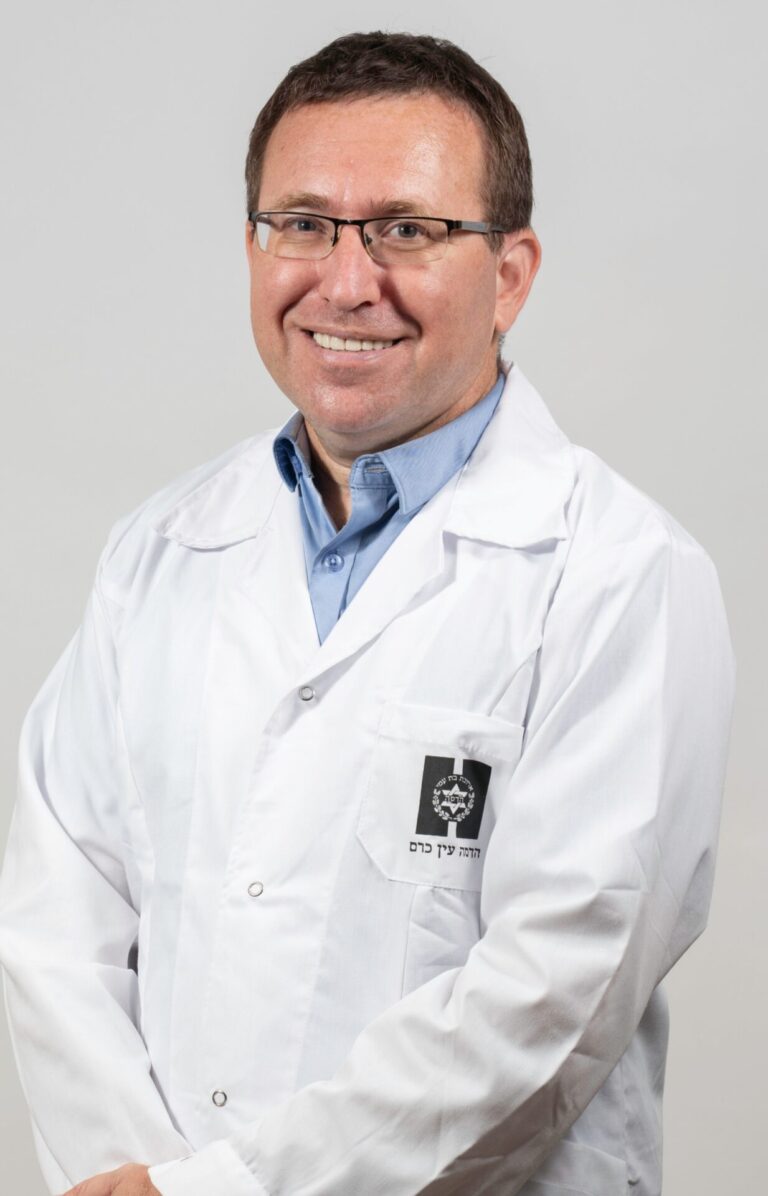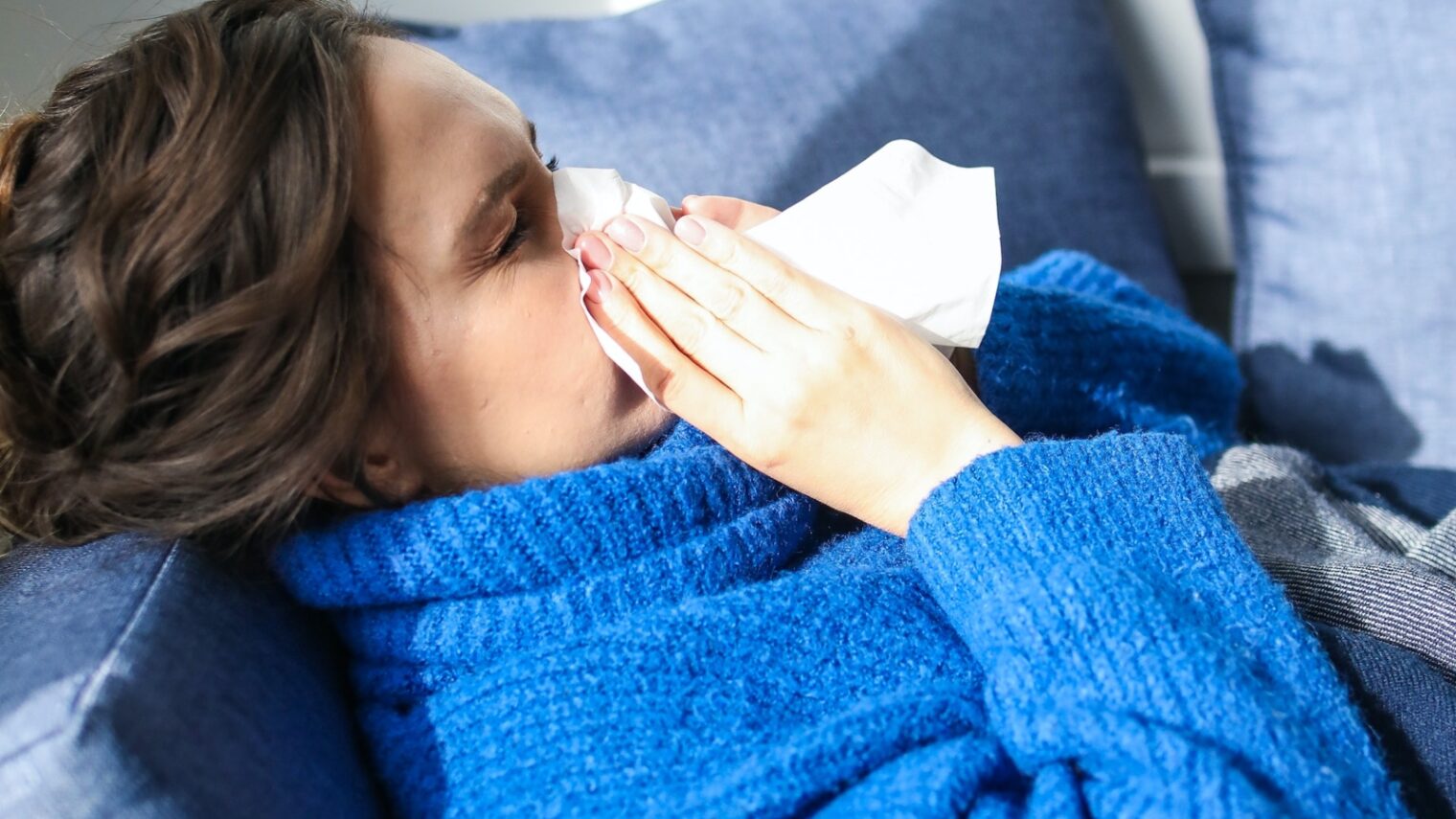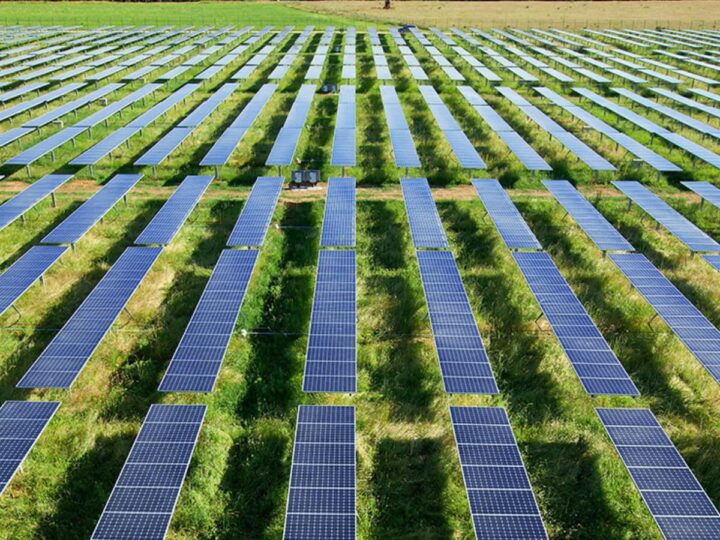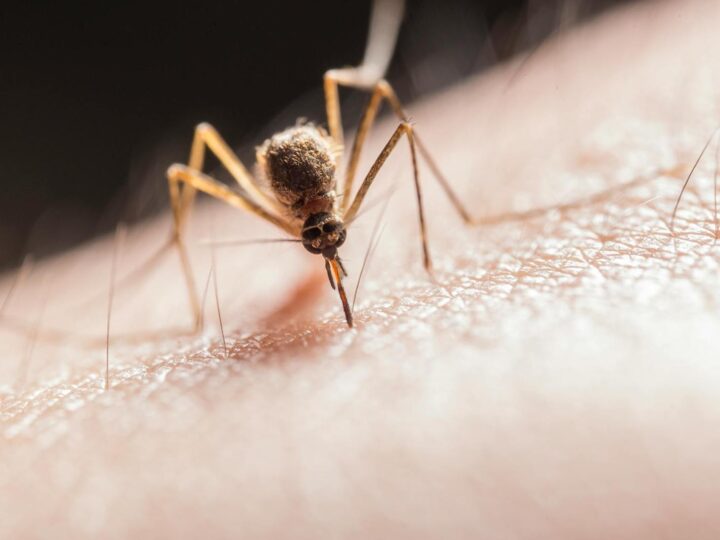As cold weather sets in across the northern hemisphere, many countries report spikes in flu, respiratory syncytial virus (RSV), Covid-19 and even Strep A (the bacterial infection formerly known as scarlet fever).
Respiratory infection rates typically rise in the winter months, so in that sense the increase isn’t unusual.
However, some health experts speculate that masking and social distancing policies during the pandemic didn’t allow us to build immunity to microbes as we normally would. Flu rates were low during the pandemic and perhaps now we’re paying the price for taking off our masks.
But epidemiology is too complex to put the blame on one phenomenon, says Dr. Hagai Levine, chairman of the Israeli Association of Public Health Physicians and a professor of epidemiology at the Hebrew University-Hadassah Braun School of Public Health and Community Medicine.
“In general, we do know that after pandemics public behavior changes and epidemiology changes also,” Levine tells ISRAEL21c.
“If last year people were less exposed to influenza because of masking and social distancing they are potentially now less immune, and you may have a tougher season as people get exposed,” he acknowledges.
Yet, he says, additional factors are at play.
For example, this winter many people are not self-isolating if they feel sick but test negative for Covid-19 — thereby spreading their non-Covid illness to others.
The climate factor
Another variable is the weather, says Levine.
Not only do influenza viruses infect more easily when the air is sufficiently cold, but cold weather also brings social contact indoors where germs spread more easily.
Climate change likely has an effect as well.

Levine and colleagues from Israel, the Palestinian Authority and Germany published a paper last year examining the relationship between cyclonic weather patterns and seasonal influenza in the Eastern Mediterranean region between 2004 and 2017.
Noting “clear evidence that climate change in the last 50 years has affected human health, partly by altering the epidemiology of climate sensitive diseases,” the authors recommend developing climatology tools for estimating how a warming world affects the “transmission environment” for a range of communicable diseases.
“The word ‘influenza’ comes from ‘influence’ because it was suspected that climate – or ‘the stars’ — influences the disease,” Levine explains.
The bottom line: Increased infection rates may stem from an “epidemiologic triangle” of changes in human behavior, weather conditions and the pathogens themselves. Viruses and other pathogens are always evolving and sometimes they are simply more virulent.
How to protect ourselves
How can we lower the risk of winter respiratory infections?
The first step, Levine says, is for governments to invest more in epidemiological surveillance to produce hard data in support of actions such as promoting vaccines and universal precautions.
“We need to put our emphasis on the facts,” he says, echoing recommendations from the World Health Organization’s most recent Influenza Update for enhanced surveillance of influenza and SARS-CoV-2 viruses in northern hemisphere countries.
Aside from vaccines, Levine cites practical measures to prevent infection: covering mouth and nose when you sneeze or cough (not with your hand but with another part of your arm); and staying home when you feel sick.
He recommends, during the high season for respiratory infections, wearing a facemask if you’re in crowded places or if you are elderly or at high risk for severe respiratory illness.
“We still don’t have enough evidence to know if wearing masks in public places in winter can save lives on a mass scale. Personally, when I’m in highly crowded places in winter I do wear a mask — but only under exceptional circumstances should we consider mandating it,” says Levine.
Public health mandates need to be based on science and must avoid preventing people from doing their daily activities “because that can also harm their health,” he points out.
“We should explain to the public that in the winter we must be more careful in public spaces and especially indoors. If the weather permits, we should open windows and ventilate rooms well to reduce risks of transmission.”
Levine emphasizes that we cannot predict how the flu/RSV/Covid season will evolve.
A joint statement by the European Centre for Disease Prevention and Control and World Health Organization sums it up: “With the continued impact of the Covid-19 pandemic and the circulation and health impact of other respiratory pathogens, it is challenging to predict how the new winter period will develop.”

















